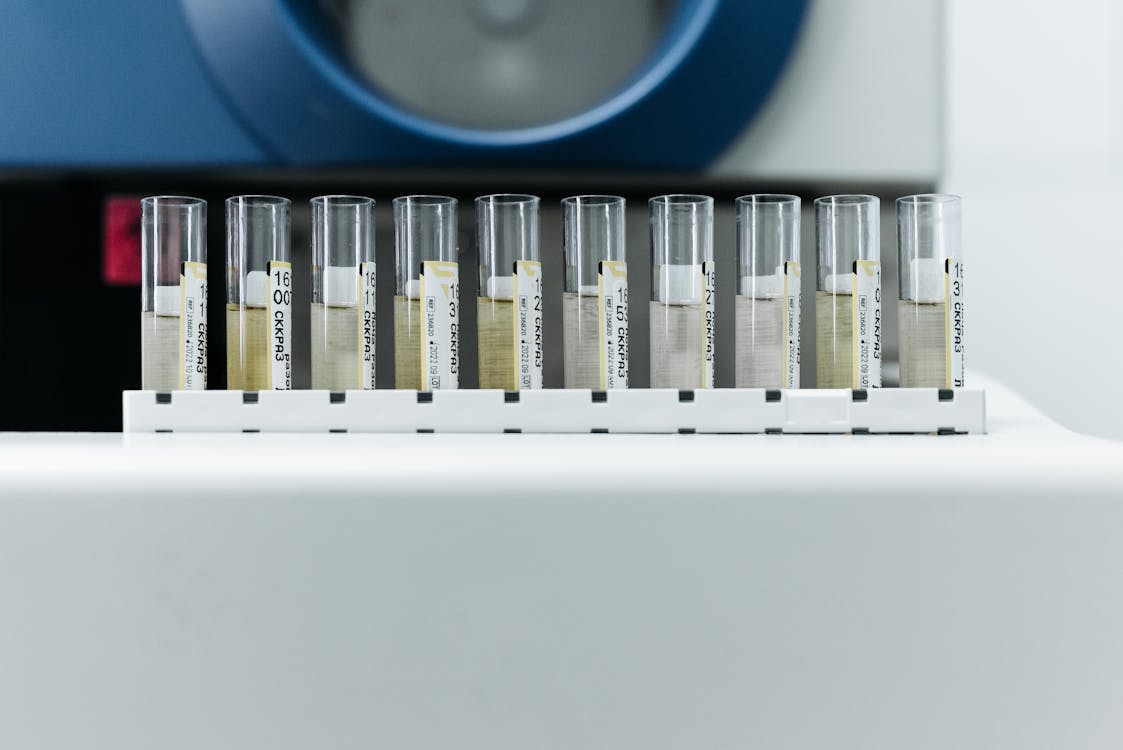In a laboratory setting, precision and safety are paramount. Whether it’s a research facility, a clinical lab, or a testing environment, maintaining accurate records and ensuring safety protocols are followed can make the difference between success and failure. One of the most effective and often overlooked ways to achieve both accuracy and safety is through proper labeling. The right labeling tools, including laboratory labels and labeling tape, are essential for smooth and efficient operations.
The Importance of Proper Labeling
In a modern laboratory, where complex procedures are carried out regularly, maintaining clear and consistent labeling is critical. Proper labeling helps ensure that samples, chemicals, equipment, and documentation are all easily identifiable and traceable. It serves as a quick reference, reducing errors, and aiding in the accuracy of experiments, tests, and results. Furthermore, it enhances safety by minimizing the risk of contamination or misuse of materials.
Reducing Errors in Lab Procedures
Accurate labeling ensures that researchers and laboratory technicians can easily identify samples, chemicals, and instruments. In a high-pressure, time-sensitive environment, there is little room for mistakes. With the right labeling, labs can easily track each component and verify that the correct materials are used in experiments. This attention to detail helps prevent potentially costly and dangerous mistakes, such as cross-contamination or misapplication of chemicals.
Labeling tape, when used correctly, ensures that each container, sample, or piece of equipment is marked with essential information, including content type, hazard warnings, and expiration dates. This prevents confusion and ensures that personnel always have access to vital details at a glance.
Ensuring Proper Storage and Handling
Another major benefit of proper labeling in the modern lab is the ability to track the storage conditions of samples and chemicals. For many experiments and analyses, the integrity of the materials being tested is crucial. Improper storage can compromise results or even render an experiment invalid.
With accurate labeling, labs can easily identify storage requirements such as temperature conditions, shelf life, and required handling procedures. Laboratory labels can be applied to containers, tubes, and other storage equipment, ensuring that everyone knows exactly how to store materials properly. This minimizes the risk of accidents or degradation due to improper storage conditions.
Enhancing Safety with Hazard Identification
Proper labeling is essential for ensuring the safety of laboratory workers. Many materials handled in laboratories are hazardous, and clearly marked labels can significantly reduce the risks of exposure or accidents. Labels can include crucial safety information, such as:
- Chemical composition
- Risk warnings (flammable, corrosive, toxic)
- First-aid instructions
- Disposal instructions
For example, labeling tape can be used to highlight hazardous chemicals or biohazardous materials, ensuring that everyone working in the lab is aware of potential risks. It also ensures that the proper personal protective equipment (PPE) is used when handling dangerous substances.
Moreover, proper labeling aids in the immediate identification of emergency situations. In case of a spill, fire, or accident, the proper labels can help emergency responders quickly identify the materials involved and determine the best course of action.
How Labeling Tape and Laboratory Labels Improve Efficiency
Efficiency is another significant benefit of proper labeling in the lab. When every item in a lab is labeled clearly and consistently, it saves time and prevents unnecessary delays. Lab workers can quickly locate and identify items without wasting precious minutes searching through unmarked samples or containers.
Streamlining Lab Operations
Laboratories rely on a variety of materials, from reagents and solvents to instruments and equipment. With proper labeling, these materials can be organized and categorized according to their functions, making it easier to locate and retrieve items as needed.
For instance, a set of laboratory labels can be used to mark reagents with the date of receipt, expiration, and usage instructions. This helps lab personnel quickly check whether the materials are still viable and safe to use without having to cross-reference multiple logs or documentation.
In addition, properly labeled equipment ensures that lab workers are able to identify instruments with ease. Calibration dates, maintenance schedules, and user instructions can be included on the labels, reducing downtime and improving workflow.
Minimizing Contamination Risks
Labeling also plays a crucial role in minimizing the risk of contamination in laboratory environments. With properly labeled containers, samples, and materials, laboratory technicians can ensure that substances do not come into contact with one another inappropriately. This is especially important in microbiological or chemical labs, where contamination can lead to skewed results or even hazardous situations.
For example, labeling tape can be used to clearly mark different types of samples, indicating whether they are biological, chemical, or hazardous. When different materials are kept clearly segregated and properly labeled, the chances of cross-contamination are significantly reduced.
Compliance with Regulatory Standards
In many industries, laboratories are subject to strict regulatory standards set by health and safety organizations. These regulations often require the use of clear and consistent labeling to maintain safety, prevent accidents, and ensure the traceability of materials and samples.
Proper labeling ensures compliance with these regulations. The use of laboratory labels that include safety instructions, hazard warnings, and traceability information helps labs meet the necessary legal requirements for safety and operation. By using standardized labeling systems and products, laboratories can avoid potential legal issues and penalties while ensuring they meet the highest safety standards.
Conclusion
The importance of proper labeling in modern laboratories cannot be overstated. From improving accuracy and preventing errors to enhancing safety and ensuring compliance, labeling is a fundamental aspect of every lab’s operations. Using the right tools, such as laboratory labels and labeling tape, ensures that all materials are easily identifiable and safely handled.
By investing in high-quality labeling solutions, laboratories can significantly improve their efficiency, minimize risks, and maintain a safe working environment for their staff. Whether it’s for daily operations or adhering to strict regulatory requirements, the role of proper labeling is indispensable in the modern lab.
About Stellar Scientific
Stellar Scientific is a leading provider of laboratory supplies and equipment, specializing in products that enhance lab efficiency, accuracy, and safety. Our wide range of products, including labeling tape and laboratory labels, is designed to meet the needs of professionals in various fields, from research to clinical testing. We are committed to providing high-quality products that help streamline laboratory processes while ensuring the highest standards of safety and compliance.



































